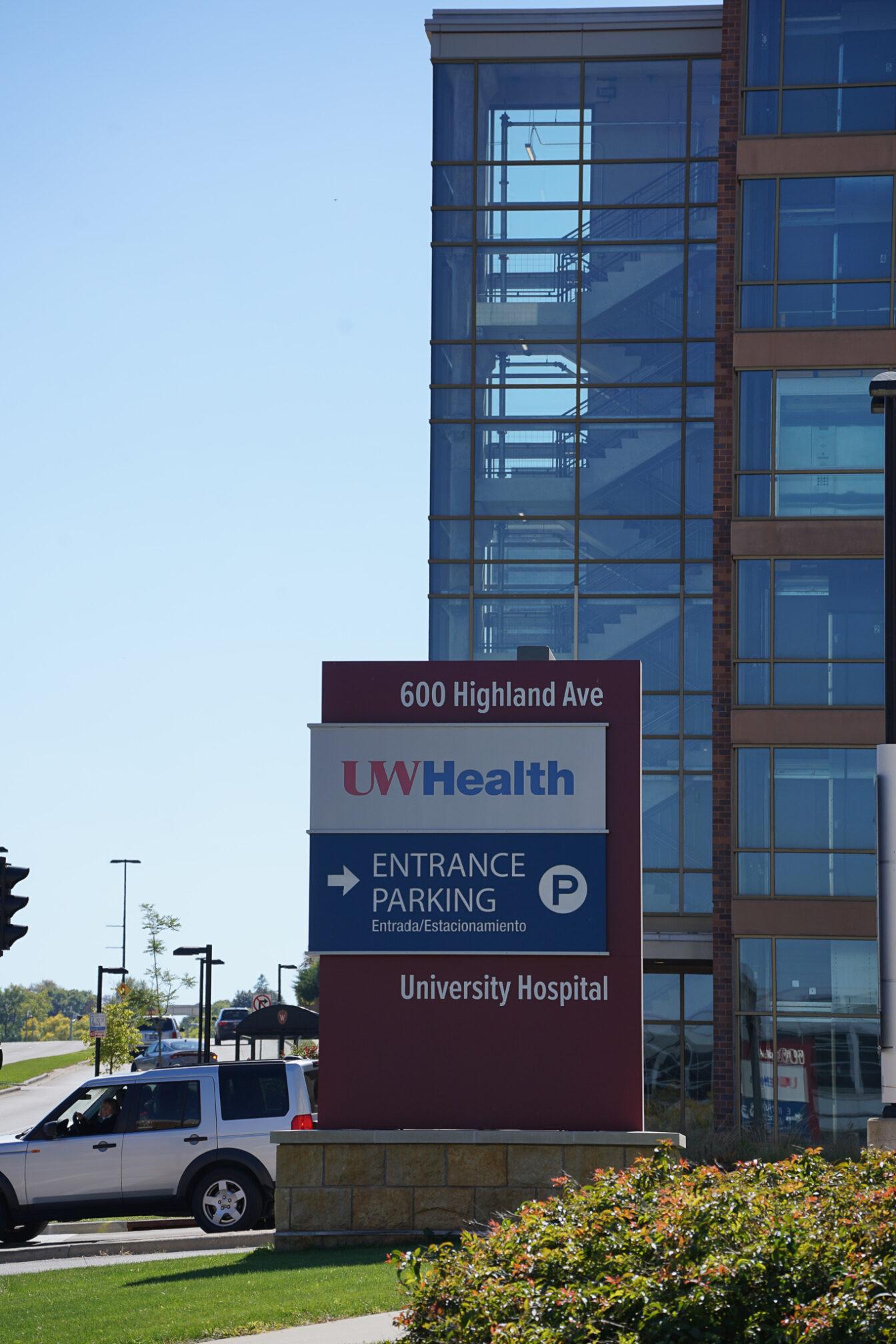Flooding from Hurricane Helene led to the damage and closure of a Baxter International manufacturing plant in North Carolina Sept. 29. Baxter produces a significant portion of the country’s sterile intravenous fluids and fluids used for home kidney dialysis patients, according to AP News. The Baxter outage is impacting hospitals across Wisconsin, according to WTAQ.
But all University of Wisconsin Health hospitals’ upcoming procedures and surgeries are proceeding as scheduled, UW Health Press Secretary Emily Greendonner said in an email to The Badger Herald.
“UW Health continues mitigation efforts to conserve fluids and to explore alternate suppliers and options at UW Health in Wisconsin,” Greendonner said in the email.
Gundersen Health is a non-profit health system with headquarters in Green Bay and La Crosse, Wis. that uses peritoneal dialysis fluid from Baxter, Gundersen’s Clinical Operations Director and Director of the Dialysis Team Bridget Pfaff said.
Gundersen does not get its IV-fluid supply from Baxter, but it uses the dialysis fluid as a life sustaining therapy for patients with kidney failure, Pfaff said.
“We often plan for disasters,” Pfaff said. “Every day in the hospital we’re thinking about what could happen and what could impact us. And who would think in La Crosse, Wisconsin that a hurricane could impact us, but it has affected our supply chain.”
Gundersen is working with doctors to assess patients in order to stretch their supply of dialysis fluid, Pfaff said. Due to the supply shortages, Gundersen is currently unable to admit new patients, which Pfaff said has been disheartening.
According to Pfaff, peritoneal dialysis allows patients to manage their treatment at home — which helps preserve their remaining kidney function. In-center dialysis, done three times a week, risks diminishing that function, Pfaff said.
Home dialysis is currently the safest option, and Gundersen is monitoring patients through lab tests to ensure their treatment remains effective, Pfaff said.
Pfaff said Gundersen has been lucky to have Baxter as a supplier and has done an excellent job of communicating throughout the devastating situation. Baxter representatives reached out to Gundersen within days after the plant was shut down, and immediately informed them of what to expect for their patients — which Pfaff said was extremely helpful.
There is a strong network of communication between Baxter, the Food and Drug Administration, the Renal Healthcare Association and other health facilities affected by the supply shortages, according to Pfaff.
Pfaff said facilities affected by the hurricane have been sharing ideas and comparing insights to strategize and support patients. Baxter representatives have been consistently offering guidance on conservation methodology and encouraging facilities to work with clinicians at the local level, Pfaff said.
“We’re still providing high quality care to this patient population, but it removes some of your freedom when you can’t write the prescription exactly how you would want it, right?” Pfaff said.
Pfaff said there will likely be additional conversations with Baxter and similar companies — after this situation has been mitigated — to navigate whether materials should be manufactured in multiple locations.
Pfaff said the FDA had an effective response to the situation, and has offered input on importing materials from other countries. Currently, Gundersen is able to deliver care without importing new materials by adjusting prescriptions and navigating their allocations of materials, Pfaff said.
“It was very easy to get a core team established and set up that incident command system to make sure that we are responding so that we can focus on safe, high quality care for our patients,” Pfaff said.
Gundersen experienced a similar situation during the COVID-19 pandemic with supply chain issues, Pfaff said. She said navigating the pandemic shortages helped prepare her team to respond effectively to similar incidents, and said she feels fortunate to have the same core team at Gundersen to navigate the situation.
UW Research Scientist Shane Hubbard agreed and said Wisconsin has not only experienced supply shortages during COVID-19, but also due to the damage from the 2020 and 2021 hurricane seasons. Hurricane Milton may cost around $15 billion in damage and loss expenses and Hurricane Helene may cost around $40 billion, Hubbard said.
“It’s going to not only be a high cost in terms of the financial cost, but the lives that were lost in it, and that’s the big story about Helene,” Hubbard said.
Though hurricanes don’t typically hit northern regions like Wisconsin with strong winds, they often bring substantial rainfall that can lead to major flooding, Hubbard said.
Pfaff said there is no clear timeline for when new patients can be admitted or when Baxter will resume production. Gundersen is assessing the situation weekly, ensuring that patients receive high-quality care despite the uncertainty, Pfaff said.








